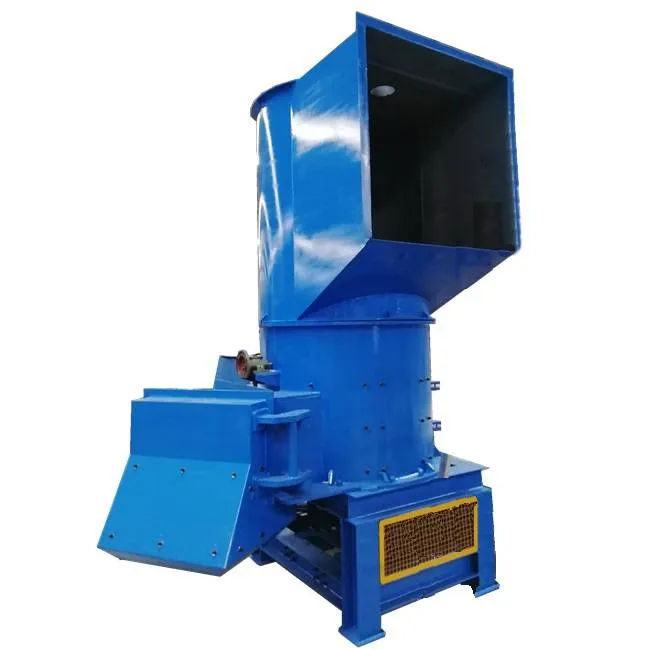

Tet . 22, 2024 14:32 Back to list
Understanding Shreddable Steel Scrap A Valuable Resource for Recycling
In today’s world, the significance of recycling and sustainable practices cannot be overstated. One of the key components of the recycling industry is metal, specifically steel. Among the various types of steel scrap, shreddable steel scrap plays a vital role in material recovery and sustainability efforts. This article delves into what shreddable steel scrap is, its properties, and its importance in the recycling industry.
What is Shreddable Steel Scrap?
Shreddable steel scrap refers to a category of scrap steel that is suitable for processing through shredding machines. These machines break down large pieces of scrap into smaller, manageable sizes, making it easier for further processing and melting. Shreddable steel scrap typically includes light, thin, and easily shredded materials such as old appliances, car bodies, wire, and various types of industrial byproducts.
Characteristics of Shreddable Steel Scrap
Shreddable steel scrap has specific characteristics that make it distinct
1. Material Composition This type of scrap is primarily composed of ferrous materials, mainly iron and steel. However, it can also contain small amounts of non-ferrous materials, such as aluminum or copper, which can be separated during recycling.
2. Size and Weight Shreddable scrap is usually lighter and consists of thinner sheets of steel that can be processed efficiently. This allows for bulk processing, which is economically beneficial to recyclers.
3. Contamination Levels It typically contains minimal contamination since the materials are often sourced from specific applications, such as end-of-life vehicles or appliances, where non-metal components have been largely removed.
The Importance of Shreddable Steel Scrap in Recycling
1. Resource Recovery Steel is one of the most recycled materials in the world. Shredding steel scrap allows recyclers to recover a significant percentage of metal, which can then be repurposed to create new products. This process helps to conserve natural resources and reduces the need for virgin materials.

2. Environmental Impact The recycling of shreddable steel scrap has substantial environmental benefits. It reduces landfill waste and lowers carbon emissions associated with mining and production processes. Recycling steel can save up to 74% of the energy required to produce new steel from ore, recording a significant decrease in greenhouse gas emissions.
3. Economic Value The recycling industry generates billions of dollars annually, contributing to job creation and economic growth. Shreddable steel scrap is a vital component of this industry, providing a steady supply of raw materials for steel manufacturers. The market demand for recycled steel continues to grow, fostering a sustainable economy.
4. Circular Economy Shreddable steel scrap exemplifies the principles of the circular economy by promoting the continuous use of materials. Rather than being disposed of as waste, steel products can be continually recycled and remanufactured, creating a sustainable cycle that benefits both the environment and the economy.
The Recycling Process of Shreddable Steel Scrap
The recycling process begins when shreddable steel scrap is collected from various sources, such as scrap yards, auto salvage yards, and industrial facilities. Once gathered, the scrap is transported to a shredding facility where it undergoes the following steps
1. Shredding Large pieces of scrap are fed into shredders, where rotating blades break them down into smaller pieces.
2. Separation The shredded material is then subjected to various separation processes to remove contaminants and non-ferrous materials using magnets, air classifiers, and other methods.
3. Melting The cleaned steel scrap is melted in electric arc furnaces to produce molten steel, which can then be cast into new products.
4. Distribution The recycled steel is then sold to manufacturers, continuing the cycle of use and reuse.
Conclusion
Shreddable steel scrap represents a crucial element of the recycling industry, with its significant implications for resource efficiency, environmental sustainability, and economic viability. As we move towards a more sustainable future, the importance of understanding and promoting the recycling of materials like shreddable steel scrap will only increase. By fostering a culture of recycling, we can contribute to a healthier planet and a more sustainable economy.
Latest news
Troubleshooting Common Eddy Separator Problems
NewsJul.04,2025
The Role of Metal Recycling Plants in Circular Economy
NewsJul.04,2025
The Impact of Recycling Line Pickers on Waste Management Costs
NewsJul.04,2025
Safety Features Every Metal Shredder Should Have
NewsJul.04,2025
How Industrial Shredders Improve Waste Management Systems
NewsJul.04,2025
How Cable Granulators Contribute to Sustainable Recycling
NewsJul.04,2025